14 Hidden Natural Wonders in Asia You Need to Explore
Hidden in the vast landscapes of Asia, there are countless natural wonders that remain relatively untouched by mass tourism. These serene and spectacular spots allow travelers to experience the raw beauty of the continent. If you are looking to escape the busy crowds and immerse yourself in nature, these locations are perfect for your next adventure. Whether in the heart of a jungle or atop a secluded mountain, Asia’s hidden gems await your discovery. Let us introduce you to some of the most awe-inspiring natural wonders in the region.
This post may contain affiliate links, which helps keep this content free. Please read our disclosure for more info.
Mount Rinjani, Indonesia
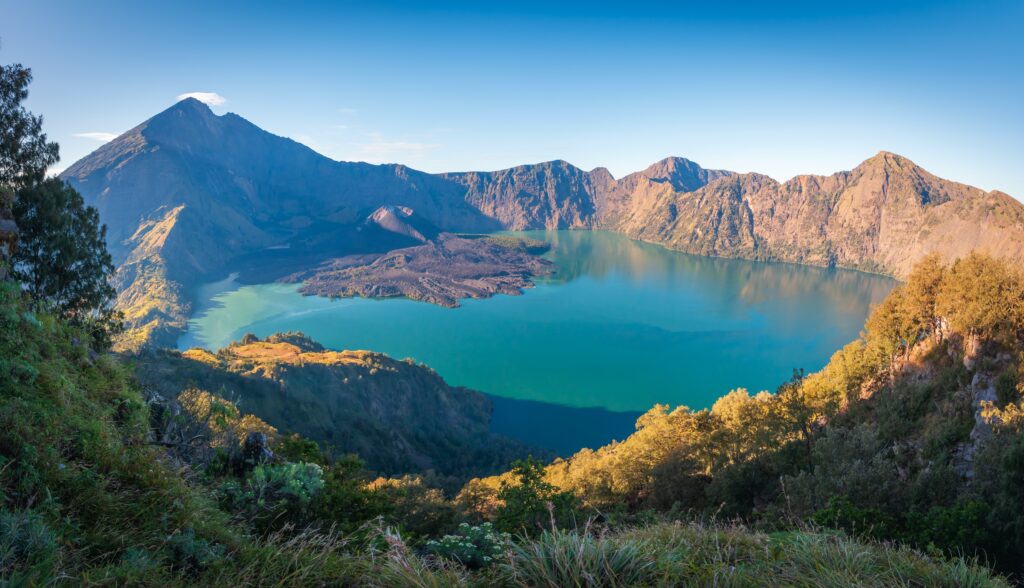
Mount Rinjani, located on the island of Lombok, is one of Indonesia’s most iconic volcanoes. It stands as the second-highest peak in the country and offers stunning views of crater lakes and lush surrounding forests. The best time to visit is during the dry season, from April to October, when the weather is ideal for hiking. The trek to the summit takes around 2-3 days, and it is an unforgettable experience for nature lovers.
Although not currently listed as a UNESCO World Heritage site, Mount Rinjani is a protected national park. It is approximately a 3-4 hour drive from the capital city of Mataram, followed by a hike to the base camp. The mountain is famous for its rich biodiversity and dramatic landscapes, making it a must-see for anyone seeking adventure and natural beauty in Indonesia.
Banaue Rice Terraces, Philippines
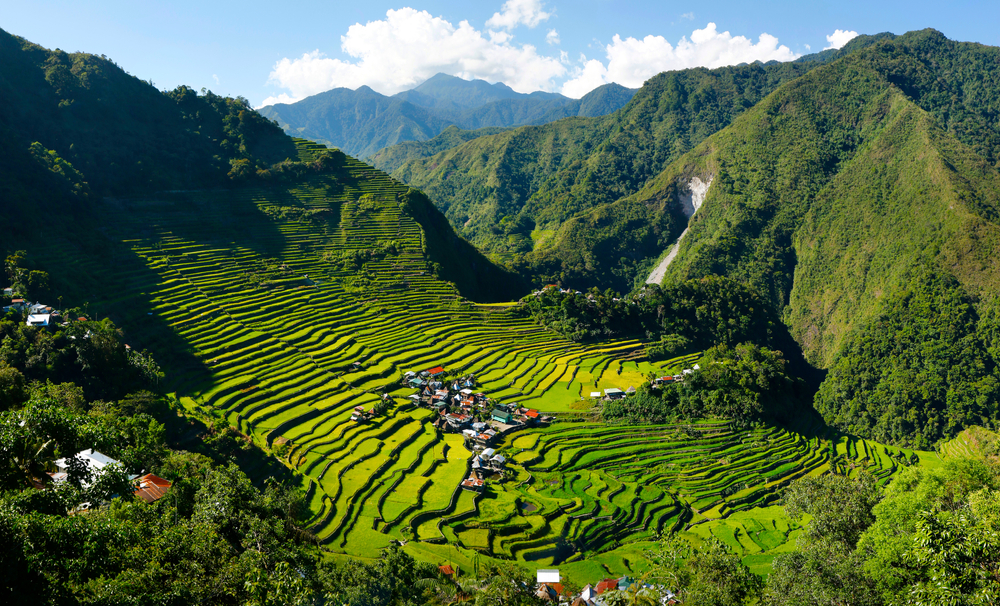
Located in the mountainous region of Ifugao in northern Luzon, the Banaue Rice Terraces are often called the “Eighth Wonder of the World.” These ancient terraces were carved into the mountainside over 2,000 years ago and are still used today by local farmers. The best months to visit are from March to May, when the weather is pleasant, and the fields are lush and green. The terraces were declared a UNESCO World Heritage site in 1995 for their cultural significance.
Traveling to Banaue from Manila takes around 8-10 hours by bus, making it a long journey but well worth it for the stunning views. The rice terraces are a testament to the ingenuity of the indigenous Ifugao people and their harmonious relationship with nature. It is an unforgettable destination for those interested in history, culture, and agriculture.
The Taman Negara Rainforest, Malaysia
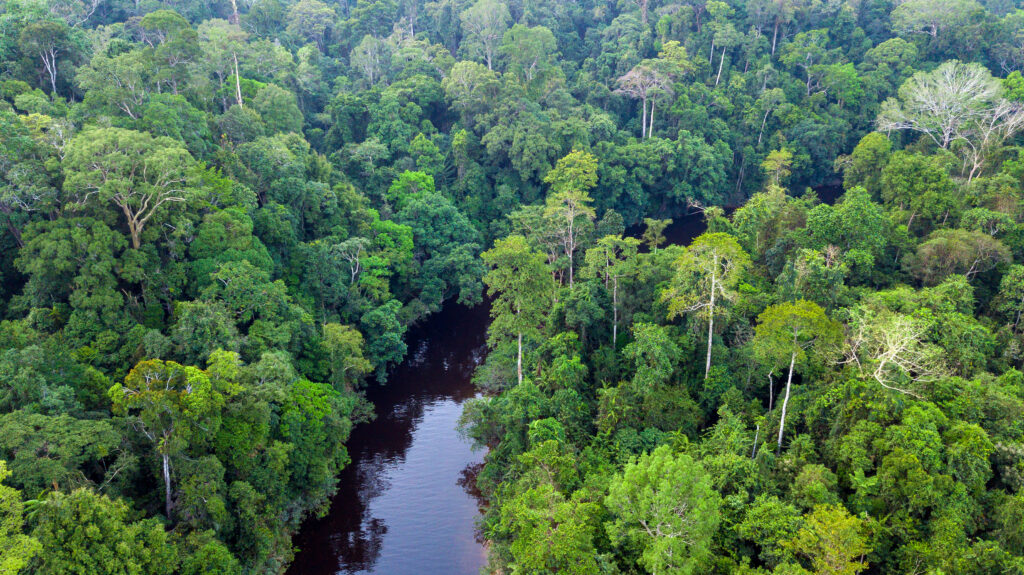
Taman Negara is Malaysia’s oldest national park, located in the central region of Peninsular Malaysia. It covers over 4,300 square kilometers of tropical rainforest, home to diverse wildlife such as tigers, elephants, and exotic birds. The best time to visit is between March and October, when the weather is drier and more suitable for trekking. The park is part of the UNESCO World Heritage-listed Tropical Rainforest of the Malay Peninsula.
The park is about a 3-hour drive from Kuala Lumpur, making it easily accessible for travelers seeking adventure. Taman Negara offers activities like jungle trekking, river cruises, and canopy walks, making it a paradise for nature enthusiasts. It is an ideal destination for those seeking to immerse themselves in the wild beauty of Malaysia.
Zhangjiajie National Forest Park, China
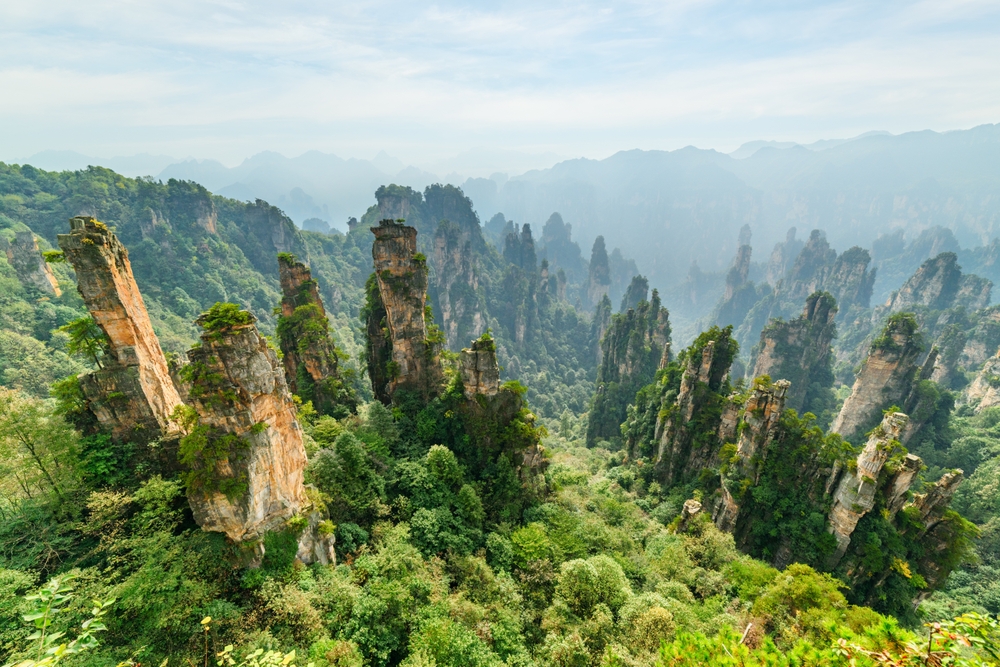
Zhangjiajie National Forest Park, located in the northern part of Hunan Province, is famous for its towering sandstone pillars. These unique formations inspired the floating mountains in the movie Avatar. The best months to visit are from April to October, when the weather is mild and the park’s beauty is fully visible. This park became a UNESCO World Heritage site in 1992 due to its geological significance and breathtaking scenery.
Zhangjiajie is about a 3-hour drive from the city of Changsha, and the park offers various hiking trails and cable car rides to enjoy its views. Visitors can also explore the world’s longest glass bridge, which offers panoramic views of the forest below. The park is a must-visit for anyone who appreciates natural wonders and dramatic landscapes.
Halong Bay, Vietnam
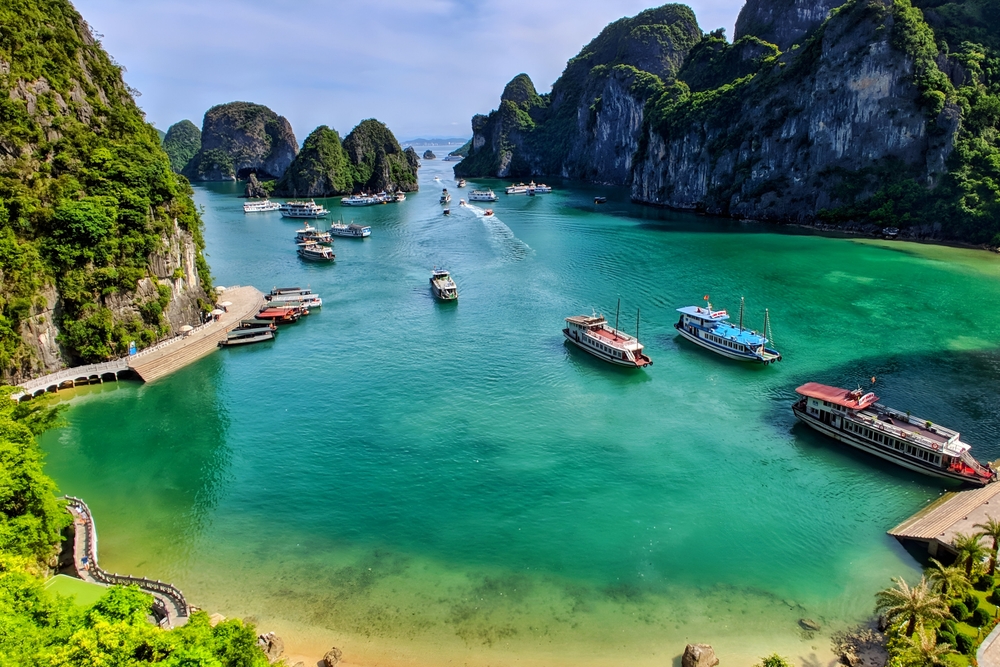
Located in the Gulf of Tonkin, Halong Bay is famous for its emerald waters and thousands of towering limestone islands. This UNESCO World Heritage site is known for its surreal beauty, with floating villages and caves to explore. The best time to visit is from October to April, when the weather is cooler and the skies are clearer. Halong Bay is about a 3-4 hour drive from Hanoi, making it a popular day trip for travelers.
The bay offers boat cruises, kayaking, and visits to caves like Sung Sot Cave, one of the largest in the area. Halong Bay’s calm waters and unique karst formations make it an unforgettable destination for nature lovers. The beauty of this place is unmatched, and it should be on every traveler’s list when visiting Vietnam.
Mount Everest Base Camp, Nepal
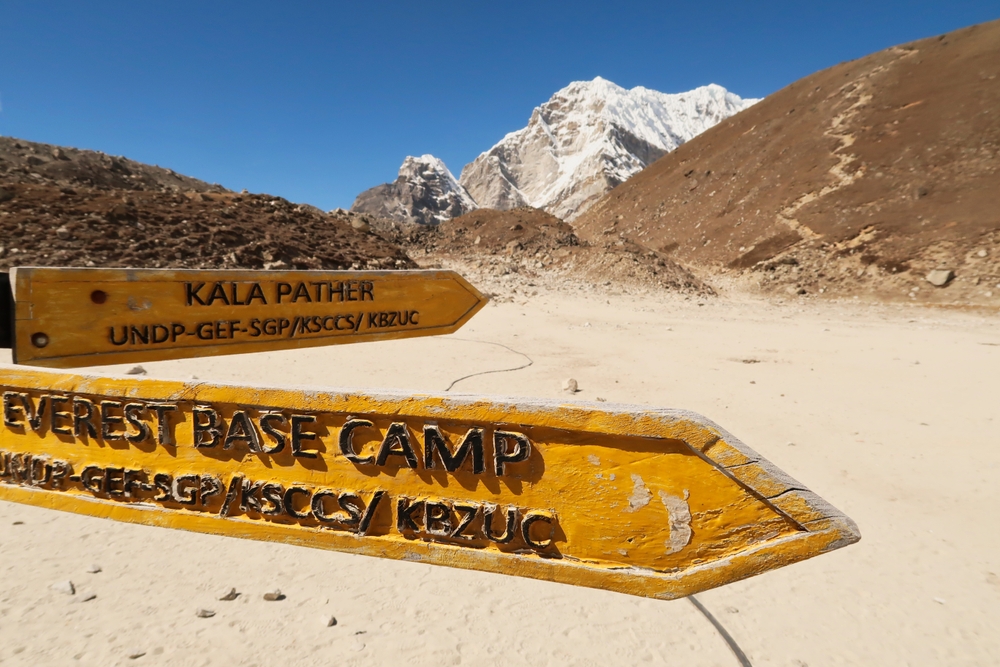
Located in the Himalayas, Mount Everest Base Camp is a renowned trekking destination for adventure seekers. The journey to the base camp offers awe-inspiring views of the highest peak in the world. The best time to visit is during the spring (March-May) and autumn (September-November) when the weather is clear and temperatures are manageable. Reaching the base camp typically takes 12-14 days, depending on the route and pace.
The trek to Everest Base Camp starts from Kathmandu, with a flight to Lukla followed by several days of trekking. Visitors will encounter stunning mountain views, Sherpa villages, and monasteries along the way. The base camp itself offers an incredible experience, allowing trekkers to stand in the shadow of Mount Everest and witness its majesty firsthand.
Mount Fuji, Japan
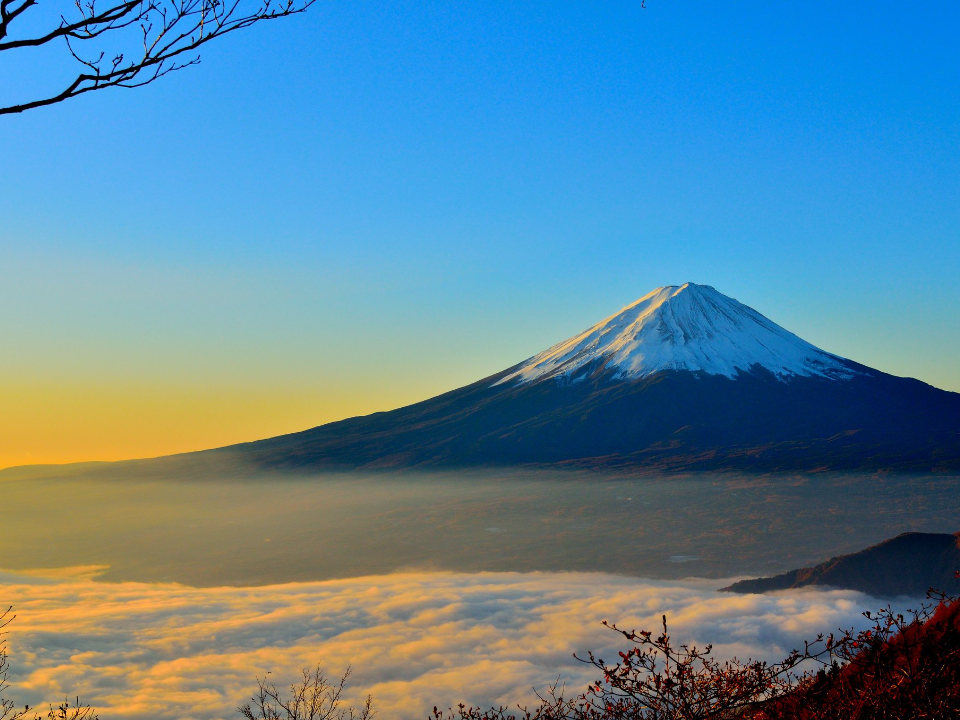
Mount Fuji, Japan’s tallest and most iconic peak, is located about 100 kilometers southwest of Tokyo. It is a popular destination for climbers and nature enthusiasts, offering stunning views of the surrounding landscape. The best time to climb Mount Fuji is during the summer months, from July to September, when the weather is most favorable for ascending. Mount Fuji is a UNESCO World Heritage site due to its cultural significance and natural beauty.
Climbing Mount Fuji usually takes 5-7 hours to reach the summit, and there are multiple routes to choose from. The mountain is also a popular spot for photography, offering breathtaking views of the surrounding lakes and forests. Whether you climb or simply enjoy its beauty from below, Mount Fuji is a must-see natural wonder in Japan.
Komodo Island, Indonesia
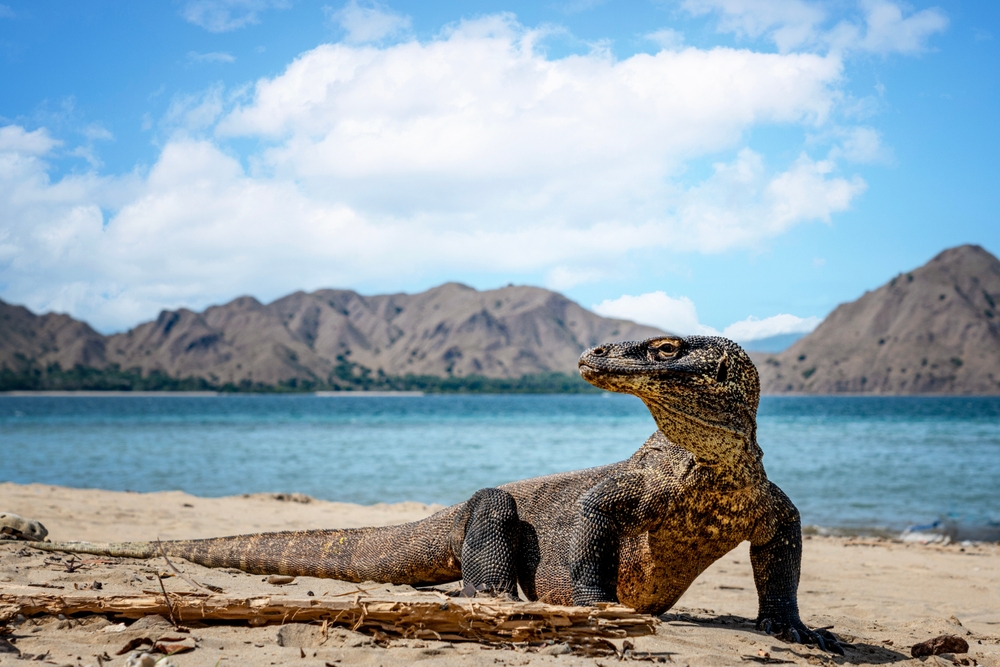
Komodo Island, located in the Lesser Sunda Islands of Indonesia, is famous for being the home of the Komodo dragon, the world’s largest lizard. The island is part of the Komodo National Park, which is a UNESCO World Heritage site. The best time to visit is from April to December, when the weather is dry and suitable for exploring. The island is about a 1-hour flight from Bali to Labuan Bajo, followed by a boat ride to the island.
Komodo Island offers opportunities to hike and explore the island’s diverse ecosystem, as well as to view the Komodo dragons in their natural habitat. Visitors can also enjoy the nearby Pink Beach, known for its unique pink sand. This remote island is perfect for wildlife enthusiasts and those looking to explore one of the most biodiverse regions in the world.
Jeju Island, South Korea
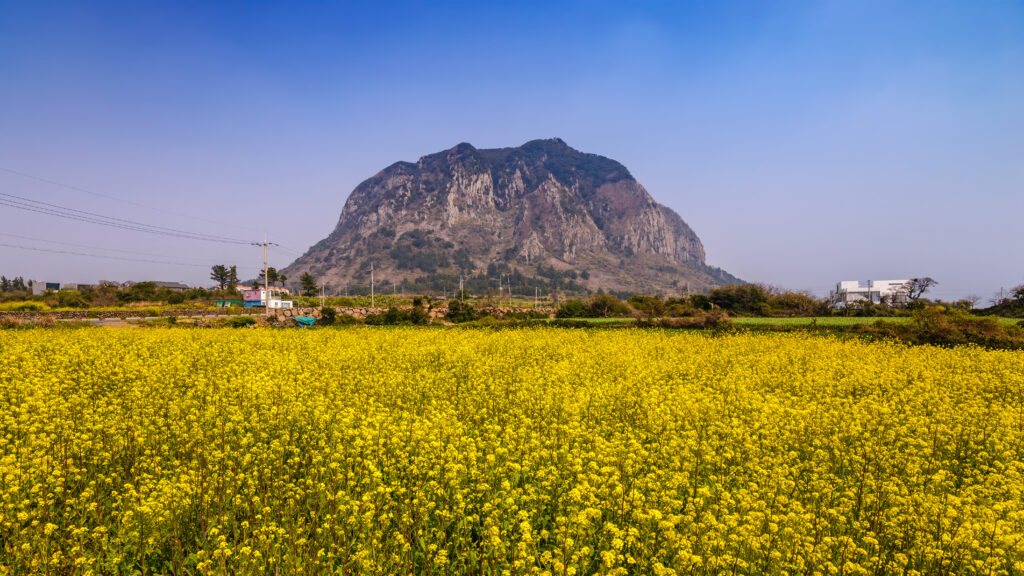
Jeju Island, located off the southern coast of South Korea, is known for its volcanic landscapes, waterfalls, and unique cultural heritage. It is home to the iconic Hallasan Mountain, the highest peak in South Korea, as well as the stunning Jeongbang and Cheonjiyeon waterfalls. The best time to visit Jeju is in the spring (April-May) or fall (September-November), when the weather is pleasant and the island’s natural beauty is in full bloom. Jeju is about a 1-hour flight from Seoul.
Jeju Island is a popular destination for hiking, sightseeing, and experiencing traditional Korean culture. It offers unique landscapes, including volcanic craters and lava tubes, and is also famous for its tea plantations. For those seeking natural beauty and tranquility, Jeju Island provides a perfect escape.
Bromo Tengger Semeru National Park, Indonesia
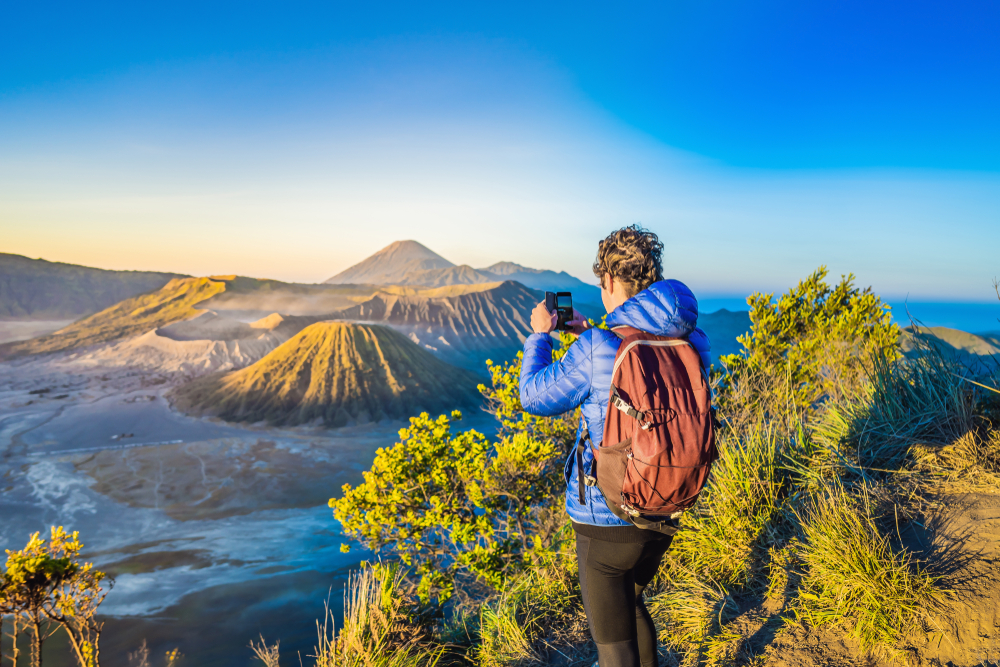
Located in East Java, Bromo Tengger Semeru National Park is home to one of Indonesia’s most iconic volcanoes, Mount Bromo. The park is known for its surreal landscapes, including the vast sea of sand surrounding Mount Bromo. The best time to visit is during the dry season, from May to October, when the weather is favorable for hiking and sightseeing. The park is about a 2-3 hour drive from Surabaya.
The park offers breathtaking views at sunrise, with the volcanoes surrounded by mist and smoke. Visitors can hike to the top of Mount Bromo or explore the nearby crater for a unique adventure. It is a must-visit destination for those who enjoy adventure and dramatic landscapes in Indonesia.
The Son Doong Cave, Vietnam
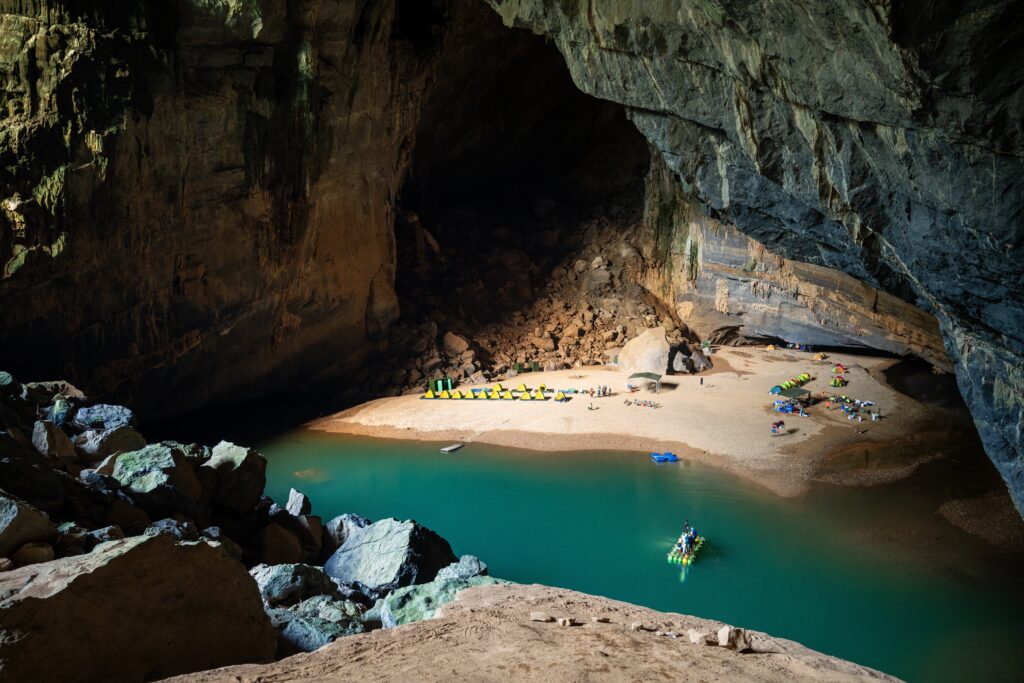
The Son Doong Cave, located in Phong Nha-Kẻ Bàng National Park, is the world’s largest cave. It was discovered in 1991 and remains one of the most awe-inspiring natural wonders in Vietnam. The best time to visit is during the dry season from February to August, when the weather is most suitable for cave exploration. The cave is about a 10-hour drive from Hanoi, followed by a trek through the jungle to reach the cave entrance.
Son Doong Cave is known for its massive size, with some areas large enough to fit a 40-story skyscraper. Inside, visitors can explore an underground river, jungle, and even its own ecosystem. Due to its size and delicate environment, only a limited number of visitors are allowed to explore the cave each year. Son Doong offers a once-in-a-lifetime adventure for those who are up for the challenge.
The Maldives’ Baa Atoll
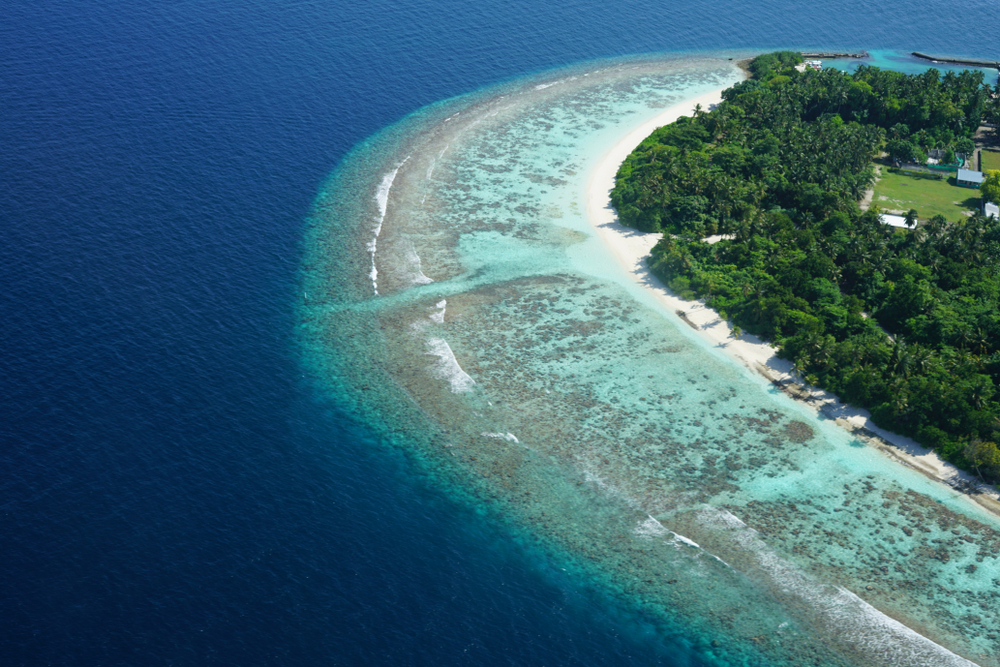
Baa Atoll, located in the central part of the Maldives, is known for its stunning coral reefs and rich marine biodiversity. It is a UNESCO Biosphere Reserve, recognized for its efforts in conserving marine life and ecosystems. The best time to visit is from November to April, when the weather is sunny and ideal for diving. Baa Atoll is approximately a 30-minute flight from the capital, Malé.
Baa Atoll is home to several uninhabited islands and luxury resorts, offering a serene and pristine environment. The region is famous for its manta ray feeding sites, making it a top destination for divers. The atoll’s vibrant coral reefs and clear waters make it a must-see for those interested in marine life and underwater exploration.
The Zhangye Danxia Landform, China
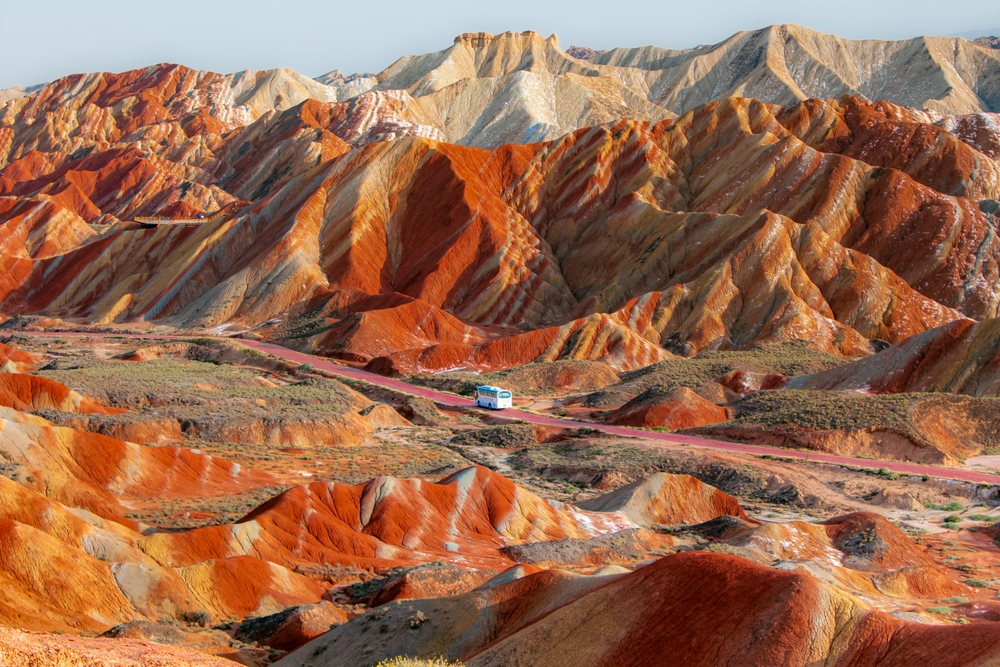
The Zhangye Danxia Landform, located in Gansu Province, China, is famous for its colorful rock formations. These vibrant, multi-colored cliffs have been shaped over millions of years by erosion and sedimentary processes. The best time to visit is in the spring and fall when temperatures are moderate. The landform is about a 6-hour drive from Lanzhou, the capital of Gansu.
The stunning colors of the Danxia landforms come from layers of red sandstone and minerals, which create an otherworldly view. The area has become a popular tourist destination due to its beauty and geological uniqueness. Zhangye Danxia is an excellent location for photography, offering dramatic views of the colorful hills and valleys. This landscape is one of China’s most breathtaking natural wonders.
Langtang Valley, Nepal
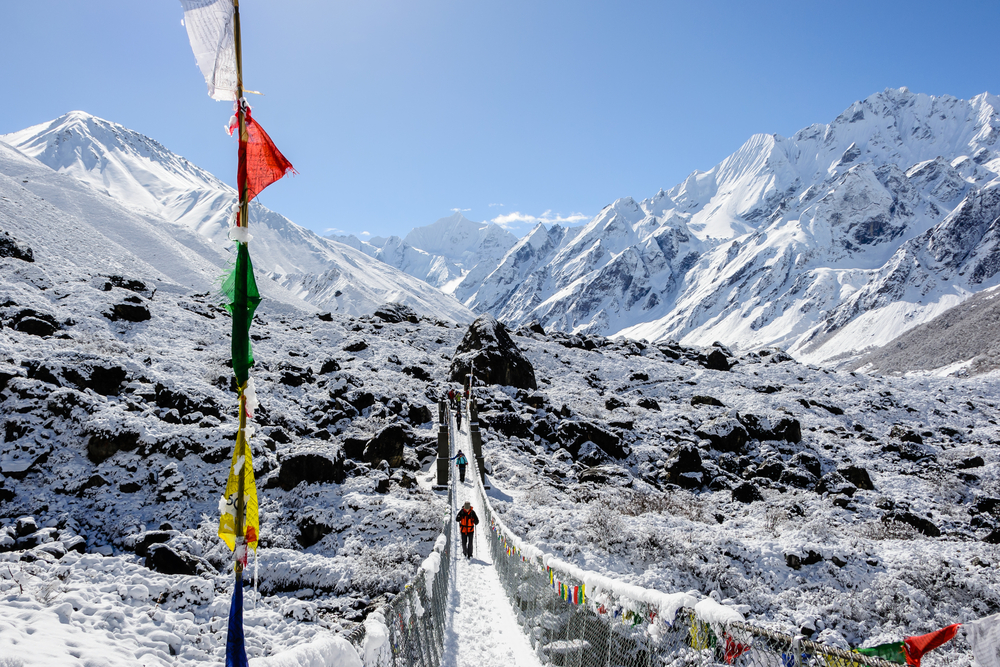
Langtang Valley, located north of Kathmandu in Nepal, is a serene trekking destination that offers spectacular views of the Himalayas. The valley is surrounded by snow-capped peaks, glaciers, and lush forests, providing a peaceful environment for hiking. The best time to visit Langtang Valley is from March to May and September to November, when the weather is clear and mild. The trek from Kathmandu to Langtang Valley takes about 6-7 hours by road.
Langtang Valley is a popular destination for trekkers looking to explore the beauty of Nepal without the crowds found at Everest or Annapurna. The area is home to the Langtang National Park, which features diverse flora and fauna. Visitors can enjoy stunning views of peaks like Langtang Lirung and explore the region’s Tamang culture. Langtang Valley offers a perfect balance of natural beauty and cultural heritage.
This article originally appeared on Avocadu.
